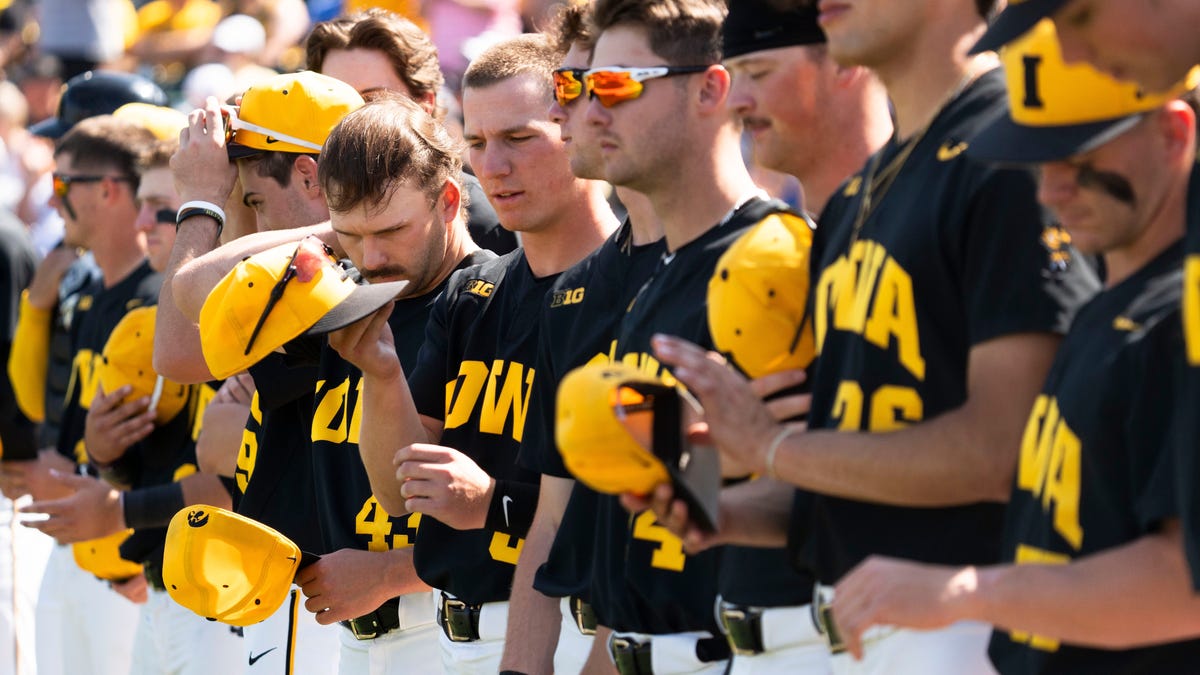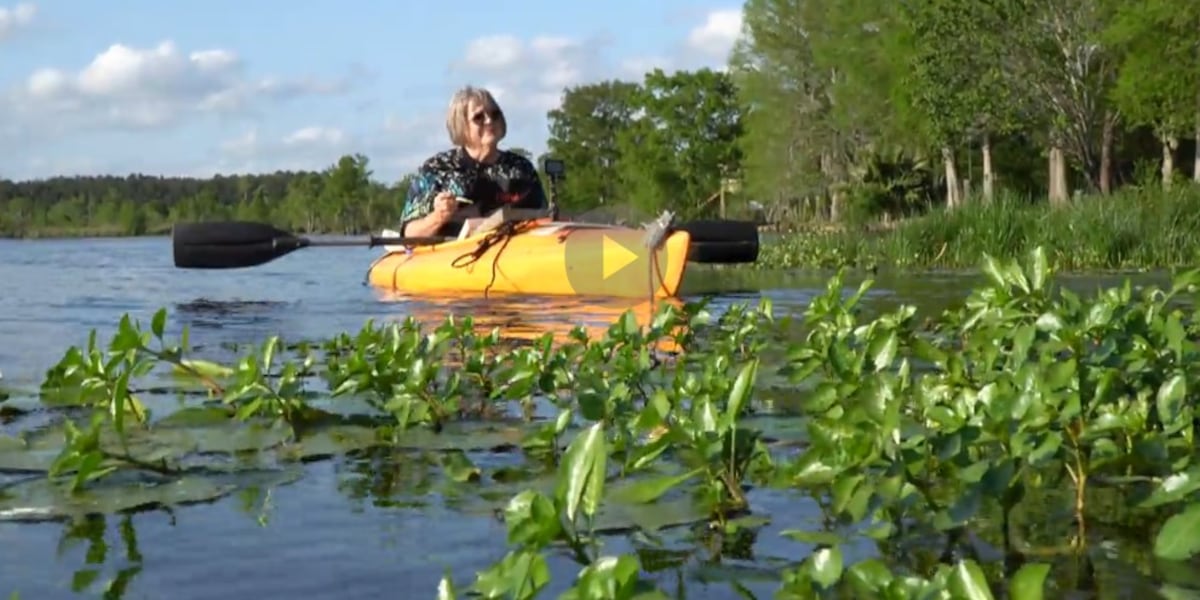San Francisco, CA
The hellhole on the Pacific Rim
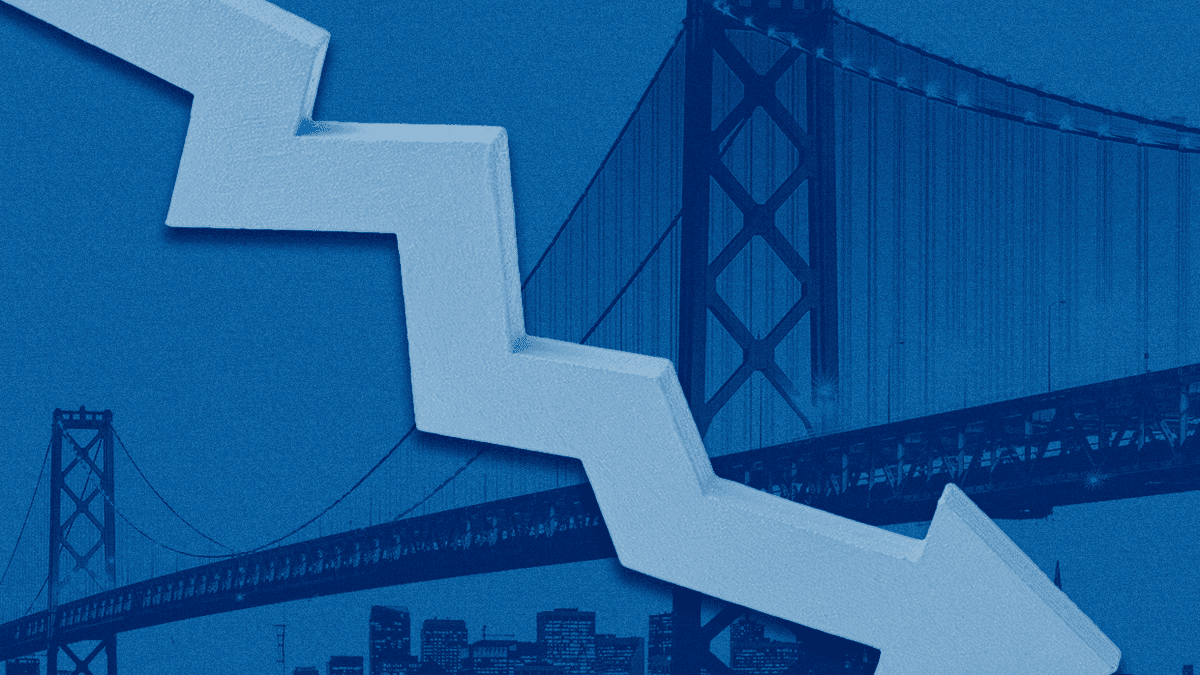
Hi Quartz members!
You’ve probably read about San Francisco’s reputed slide into decay and misery. Reporters have called it “a failed city” that is “emptier, deadlier, more politically dysfunctional.” Even London’s Financial Times made the trip to write about how San Francisco is facing a “doom loop.”
As someone who lives across the Bay and visits San Francisco regularly with my one-year-old in tow, none of these descriptions constitute a portrait that I recognize. There are problems, yes, but also people living normal lives in a bustling city. Per the most recent data, San Francisco is safer than New York, Los Angeles, Houston, Chicago, Dallas, and other big American cities. And although drug addiction is a serious problem, San Francisco’s experience with fentanyl is on par with Philadelphia and Washington, D.C.
But this isn’t an apologia; rather, it’s a differing diagnosis. I live in nearby Oakland because of the key trend that is actually behind the problems in San Francisco—and the Bay Area more broadly: It’s too expensive. And it’s too expensive because there’s not enough housing, mainly due to restrictions on what can be built and where. As new jobs were created during the tech boom, new housing simply didn’t appear—and that failure is now telling on the city.
This may not be a politically convenient explanation for anyone; it may not indict the tech elite or law enforcement agencies. But affordability is the root cause of San Francisco’s famous homelessness issue, and, by forcing many workers to live elsewhere, it’s set the stage for the plunge in downtown traffic that has hurt the city’s commercial real estate market.
On July 6, the city’s chief economist said that the forecasts of doom for San Francisco are premature, and that the bleeding appears to have stopped. Part of his optimism comes from an expectation that overvalued commercial buildings will change hands and drop rents, attracting new tenants and beginning the natural cycle of recovery.
Philosophers have observed that what people hate most in others are what they hate most in themselves. That goes for cities as well, because the problems facing San Francisco are present in other wealthy urban centers. To see how housing scarcity hollows out local economies in the face of sclerotic opposition to change, just look at London’s disastrous housing market or New York’s lack of affordability.
At least in California, a coalition of people demanding change have pushed state lawmakers to force cities to allow more housing of all types and make it easier to convert malls into homes. After being hit with forecasts of doom in 1987 and 2000, San Francisco may have another comeback in it yet.
POP QUIZ
Who said THAT about San Francisco? Match the quote to the source:
1. “A derelict zombie apocalypse”
2. “This whole thing is just so blown out of proportion. They make it seem like it’s Armageddon.”
3. “A fractured and tribal body politic prone to manipulation”
4. “We can’t just continue being a city of those who are making a lot of money and those who are hardly making anything.”
A. Cushman & Wakefield vice chair Kazuko Morgan
B. SF Mayor London Breed
C. Twitter CEO Elon Musk
D. Sequoia Capital partner Michael Moritz
(Answers: 1-C; 2-A; 3-D; 4-B)
THE POLITICS OF HATING SAN FRANCISCO
Why does San Francisco attract so much ire?
San Francisco and the Bay Area have become symbols of both rapacious capitalism and liberal excess. There is some truth to the image, both historically and today. Defense contractors hurtling us into the atomic age coexisted with hippies during the 1960s, and Apple’s trillion-dollar corporate juggernaut abuts communes that are home to microdosing polycules.
In general, however, critics only see one side of the coin. In his book San Fransicko: Why Progressives Ruin Cities, Michael Shellenberger uses his reporting on homeless people as a political cudgel against Democratic city governments that have clearly failed to solve the homelessness problem. But his inaccurate reporting and reductive arguments miss the complex reality of the crisis. An aspect of the same ideology is also why Elon Musk and others blamed San Francisco’s alleged chaos for the murder of tech executive Bob Lee—at least until police arrested an IT entrepreneur on the charge of killing Lee in a personal dispute.
Meanwhile, books like Imperial San Francisco and Palo Alto: A History of California, Capitalism, and the World point at a history of exploitation that dates back to the area’s original colonization by European settlers. In this view, the exploitation of gig workers by Uber is of a piece with former California governor Leland Stanford’s interest in eugenics. But the theorizing can get a little sloppy: Amazon and Microsoft are held up as examples of Silicon Valley’s bad behavior—they’re based in Seattle, two states and a 13-hour drive away. It may be that the problems of capitalism aren’t geographically determined.
ONE 🤠 THING
Texan politicians have made hay of San Francisco’s problems and lured some companies from the Golden State, including major firms like Tesla and Oracle. Some point to taxes as a reason, but the average tax burden in Texas is higher than in California for most people.
A better answer is the regulatory environment. A lack of bureaucracy, for instance, has made it easier to find land, build wind and solar farms, and plug them into the grid. Texas has become a leader in building out renewable energy, far surpassing California.
Texas’s willingness to let people build is something California could learn from. But Texas itself is changing: Gregg Abbott, the Republican governor of the state, wants to thwart all this laissez-faire green activity with new rules for green projects and more subsidies for natural gas, nipping in the bud the very development that is helping Texas run ahead of California.
Thanks for reading! And don’t hesitate to reach out with comments, questions, or topics you want to know more about.
Have an un-foggy weekend,
—Tim Fernholz, senior reporter

San Francisco, CA
PIX Now morning edition 5-11-25

Watch CBS News
Be the first to know
Get browser notifications for breaking news, live events, and exclusive reporting.
San Francisco, CA
San Francisco Chinatown Night Market named no. 1 by USA Today

SAN FRANCISCO – On Friday, San Francisco Chinatown kicked off a series of night markets that will last for at least the next five months.
This comes as the event recently received national recognition.
A lion dance is among the elements that bring color and character, setting this night market apart.
Organizers said it draws anywhere from 15,000 to 20,000 people to the event, which takes place on the second Friday of the month.
“What I like about it is the variety of drinks and food. They have dim sum, sushi,” said Nancy Jew, a San Francisco resident.
Ramiro Meza of Fresno came with friends for the first time and said the lion dance and the Chinese food stood out to him.
“It’s very nice. It embraces the culture. For us, from out of town, it’s nice to see the different cultures.”
The first Chinatown night market debuted in November 2023 to celebrate the APEC Conference.
It featured 20 vendors and spanned two blocks.
Now, a year and a half later, the night market has more than doubled in size, with 40 vendors covering seven blocks.
And recently, USA Today readers chose it as the no. 1 night market in the country, and the founder, Lily Lo, was honored.
“It’s very exciting. I’m very proud. It’s something I never thought about,” Lo said.
Lo said she started the night market as a way to generate foot traffic to help the many merchants who were struggling post-pandemic.
Dig deeper:
It’s a grassroots effort.
It’s staffed with about 100 volunteers, from high school students to retirees.
The night market depends on donations and the Civic Joy Fund, which was co-founded by Mayor Daniel Lurie before he was elected.
“We, as a city, want to support efforts like this: entertainment zones throughout the city, night markets. They’re working. Let’s keep it going,” said Lurie.
Eunice Lu and her parents own Lady Luck Café and Hong Kong Clay Pot Restaurant on Grant Avenue.
She said whenever there’s a night market, their business more than doubles, so she keeps the café and restaurant open later on those nights.
She also runs a stand outside during the night market.
Lu said customers who purchase food there have returned to patronize her family’s businesses, and that “I love how lively it is. It brings a sense of community. And everybody’s here to have a good time and try good food.”
Organizers said this event has funding to run monthly through at least October. They’ll be fundraising to make sure night markets continue next year.
Amber Lee is a reporter with KTVU. Email Amber at Amber.Lee@Fox.com or text/leave a message at 510-599-3922. Follow her on Facebook @AmberKTVU, Instagram @AmberKTVU or Twitter @AmberKTVU
San Francisco, CA
BART shutdown highlights fragility of Bay Area transit system

Friday’s BART shutdown brought much of the Bay Area to a standstill, offering a sobering preview of what could become a daily reality if public transit agencies are forced to make drastic service cuts due to looming budget shortfalls.
Transportation officials have long warned about a “fiscal cliff” expected in 2026, when one-time federal pandemic relief funds run out. Without new revenue, agencies like BART face multimillion-dollar deficits that could result in severe service reductions.
BART officials confirmed that their remaining one-time federal funds will be depleted by next year, leaving the agency staring down an annual structural deficit estimated at $350 to $400 million beginning in fiscal year 2027.
“If we do nothing, we’re going to see massive service cuts at BART, elimination of an entire line or two, closure of stations, scaling back or elimination of evening and weekend service,” said State Senator Scott Wiener (D–San Francisco).
The impact of Friday’s shutdown was immediate and widespread. Morning commuters scrambled to find alternative routes to work and school, leading to long delays, packed ferries, and costly rideshares.
“I looked at the alert and saw the traffic. I saw everything go not red, but dark red,” said Ian Ratzer, who took the San Francisco Bay Ferry from Oakland to San Francisco.
“Their suggestion is to take some buses. But I looked that up, and it was five different buses and it would’ve taken two hours,” said Laura Braun, who was running late for her job in Downtown.
“The ferry was pretty busy for a Friday,” added Precious Bautista, who traveled into the city from Vallejo.
Angelica Galang, a San Francisco resident, was late for her company retreat in Oakland due to the disruption.
“BART is shut down everywhere, so I Ubered to the Ferry Building. It was $50 for six miles. Now I’m taking the ferry to Alameda, and then taking another Uber to Lake Merritt,” Galang said. What should have been a 30-minute BART ride, she noted, turned into an expensive 90-minute ordeal.
“This is why we need to fund public transportation because this is what it leads to if we don’t,” Galang added.
San Francisco leaders and transit advocates echoed those concerns.
“It affects everyone. And if you are a driver, even if you never take transit, BART failing affects you because it means tons of traffic congestion,” said Senator Wiener, who is working with State Senator Jesse Arreguín (D–Berkeley) to secure $2 billion in state funding for public transportation.
The two lawmakers are also crafting a 2026 regional ballot measure—a proposed half-cent sales tax—to support BART, Muni, and other Bay Area transit systems. Wiener hopes to place the measure on the November 2026 ballot.
Cyrus Hall, a Bay Area transit advocate, emphasized the broader economic consequences of allowing public transit to deteriorate.
“The Bay Bridge would become unnavigable, it would become completely congested and packed with cars. The commute into the city would take hours longer. And we just cannot accept that future as a region. It would be devastating economically,” Hall said.
San Francisco Mayor Daniel Lurie also stressed the importance of a robust transit network.
“BART and MUNI are critical to our revival here in San Francisco and obviously critical to the region. So we need a well-functioning BART, a well-functioning MUNI. And we’re going to need to go to the voters to discuss it next year,” said Lurie.
For now, riders like Galang are hoping they won’t have to endure another chaotic morning commute anytime soon.
“A lot of stress. My company understands—but it’s been a morning,” she said.
-
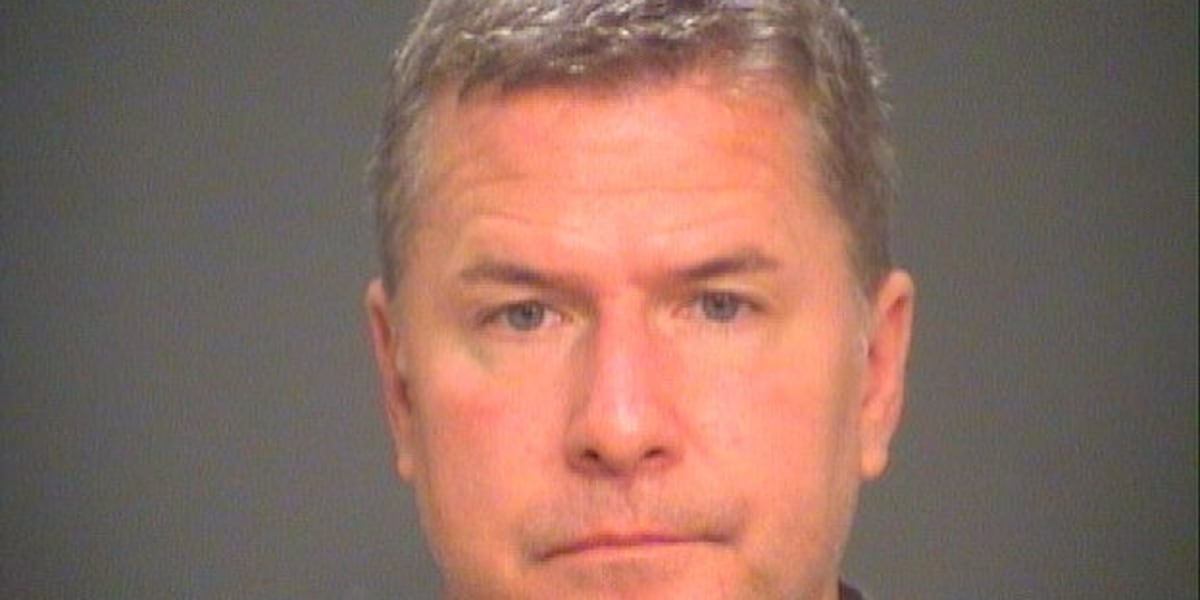
 Cleveland, OH1 week ago
Cleveland, OH1 week agoWho is Gregory Moore? Former divorce attorney charged for murder of Aliza Sherman in downtown Cleveland
-

 News1 week ago
News1 week agoU.S. and China Dig In on Trade War, With No Plans for Formal Talks
-
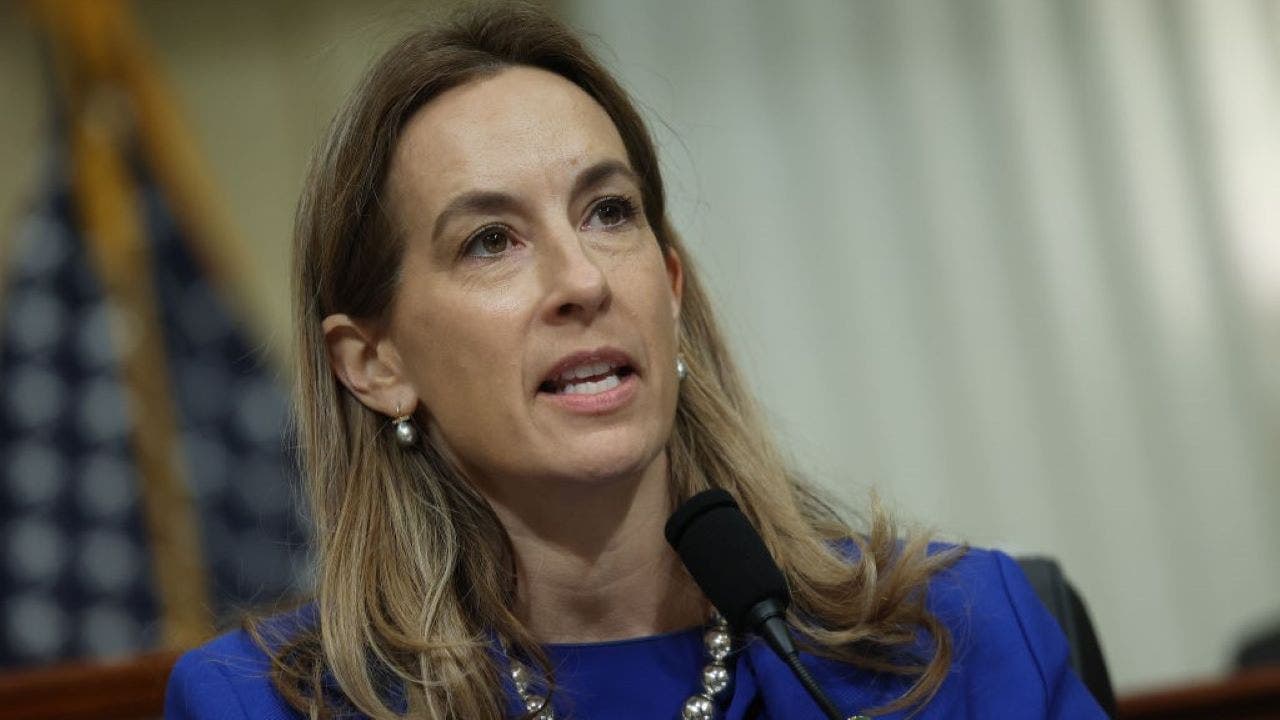
 Politics1 week ago
Politics1 week agoRep. Mikie Sherrill suggests third Trump impeachment as she campaigns to be next New Jersey governor
-

 Politics1 week ago
Politics1 week agoTrump posts AI image of himself as Pope amid Vatican's search for new pontiff
-

 News1 week ago
News1 week agoFamily statement: Rodney Hinton Jr. walked out of body camera footage meeting with CPD prior to officer death
-

 News1 week ago
News1 week agoAre Politicians Too Old? California Democrats Want to Debate an Age Cap.
-

 World1 week ago
World1 week ago‘Don’t see a major war with India, but have to be ready’: Pakistan ex-NSA
-
News1 week ago
Stock market today: Dow, S&P 500, Nasdaq futures jump amid jobs report beat, hopes for US-China talks




